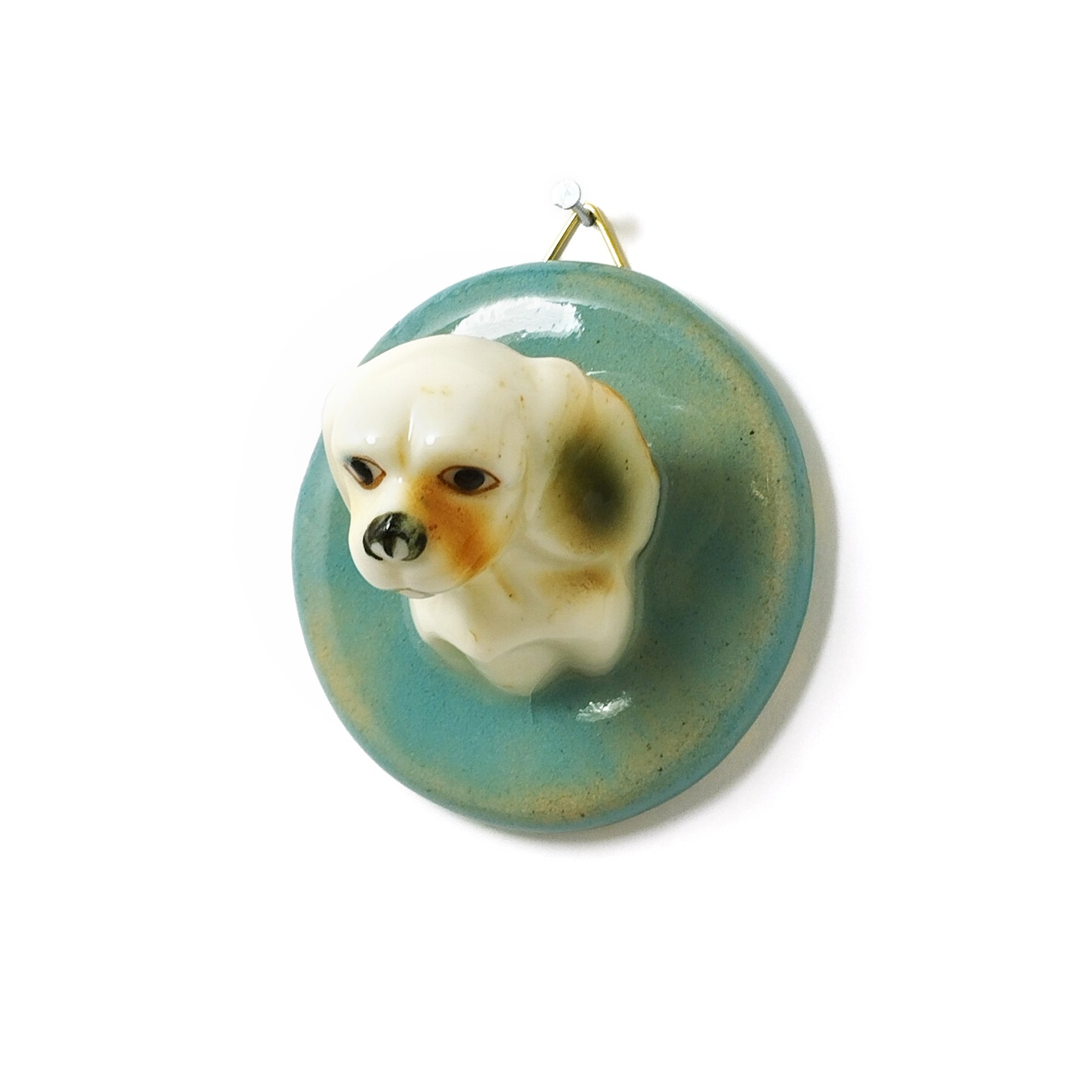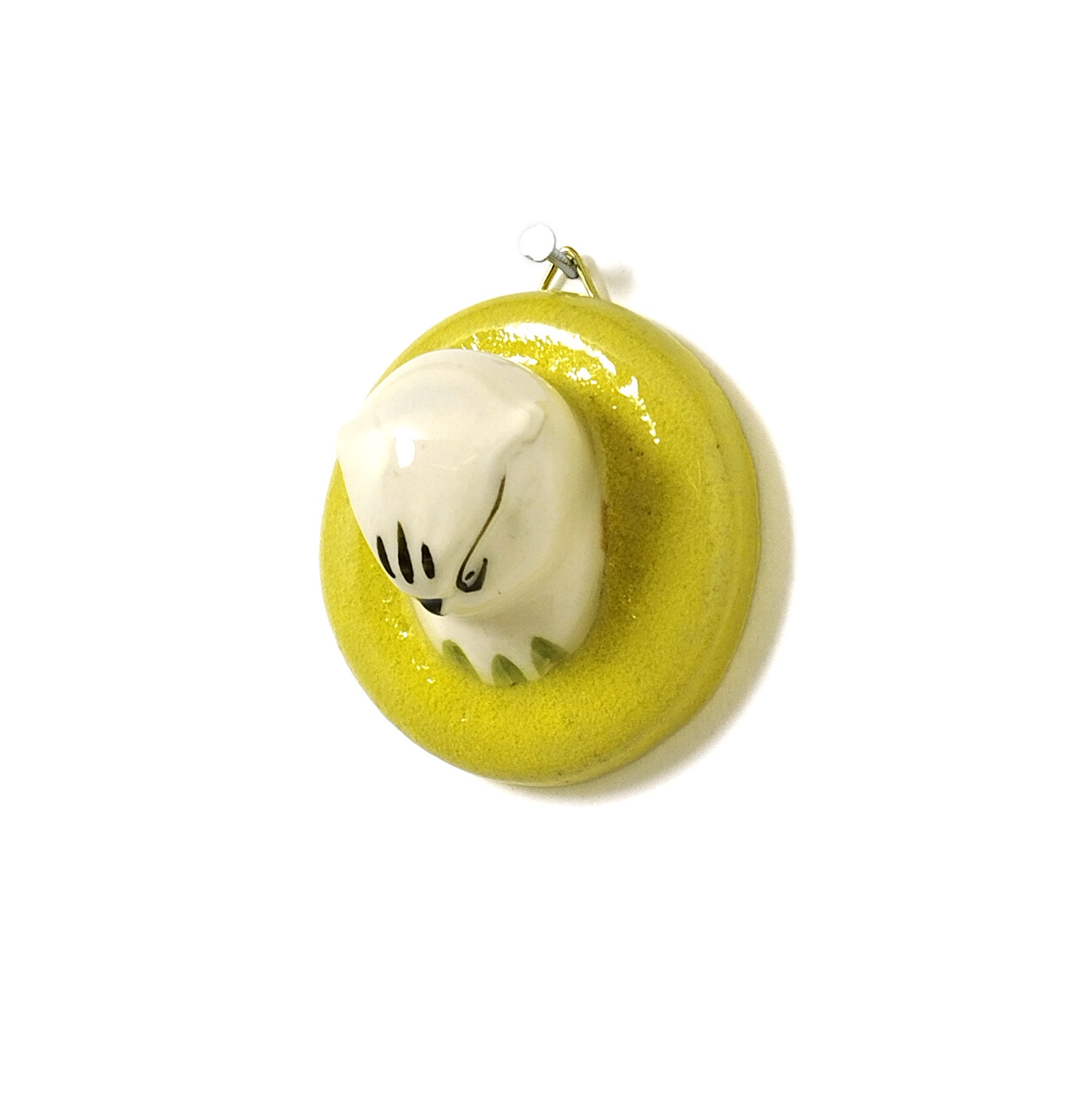
Darlings

2025
71 pieces
Ø 2,5 – 15,5 cm
Found objects, stoneware, engobe
“The cracks, bubbles and deformations that occur during the firing process are not only intentional, but essential – they make each object unique.”































































































































Darlings
The ”Darlings” series consists of 71 ceramic objects made from flea market finds, found objects. These are ceramic figures that were originally manufactured as cheap mass-produced goods, mostly in China. These small objects, often without any practical use, embody pure kitsch: sweet, sentimental and seemingly harmless. But why do people surround themselves with such things? And when do they lose their meaning, so that they are eventually sold? Isn‘t it a projection of human feelings onto objects? Just look how sweetly the elephant smiles! Perhaps it is also an attempt to create a home that conveys security and comfort. Or are we looking for something in these objects that we also hope for in interpersonal relationships?
In a radical process, the figures are cut into two parts – a head and a rear end. These fragments are mounted like hunting trophies on round plates that have been coated with pastel-coloured engobe. This is followed by the first firing. After glazing, they are fired again, exposed to heat that causes some figures to collapse, melt or crack. Glazes mix, forming islands or small craters.
But there is more to this destructive act than a desire for chance – it is a metaphor for separation. Separation from a person, from a romantic idea. From an early age, we are taught the ideal of a happy, monogamous relationship. We search for our “better half,” a concept that dates back to Plato. In his myth of the spherical human, he describes an original being with eight limbs and two faces. This figure was too powerful for the gods, so Zeus cut it in two. The now separated humans suffered greatly from the separation and from then on searched for their missing half in order to become one again.
This ideal of perfect symbiosis continues to influence our understanding of relationships to this day. But isn‘t it a kind of kitsch? A sentimental exaggeration that has little to do with reality? The “Darlings” series offers a new interpretation of this ideal. Each head and each rear end becomes an independent sculpture. The cracks, bubbles and deformations that occur during the firing process are not only intentional, but essential – they make each object unique. They represent experiences, life itself, which shapes and changes us.
